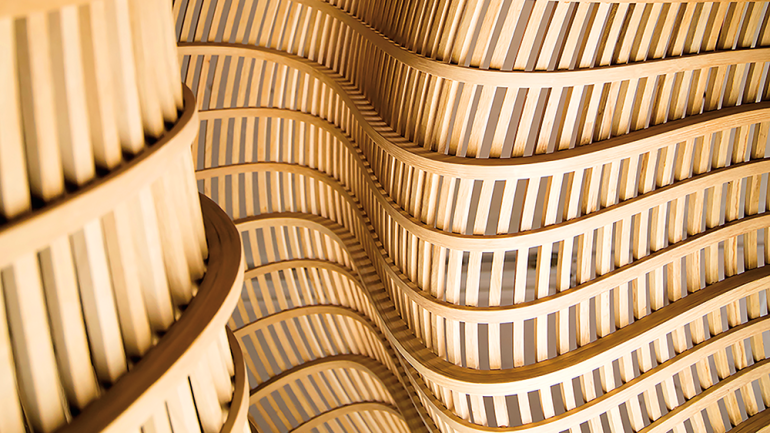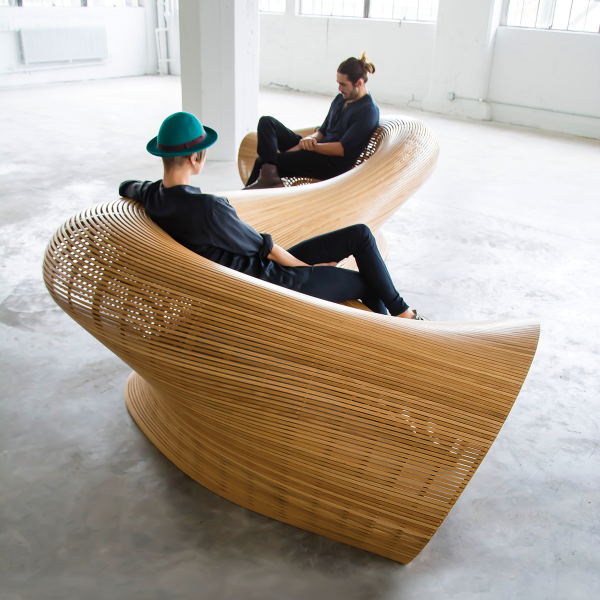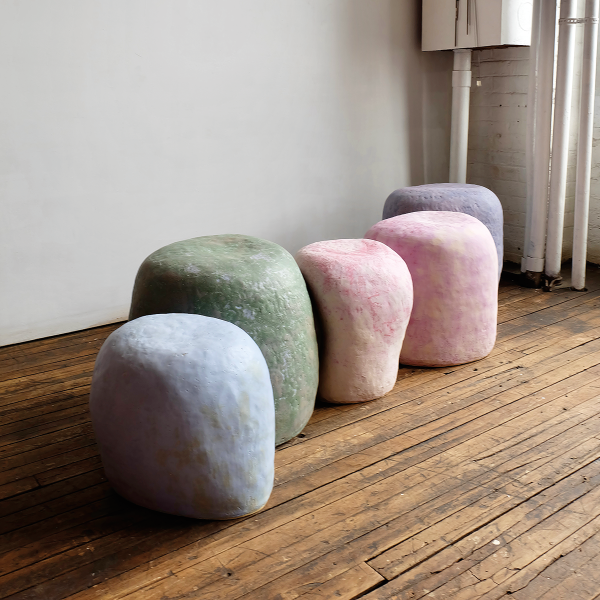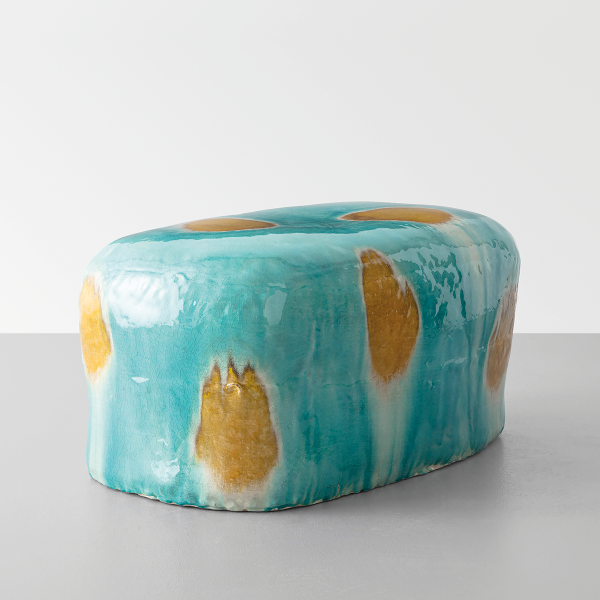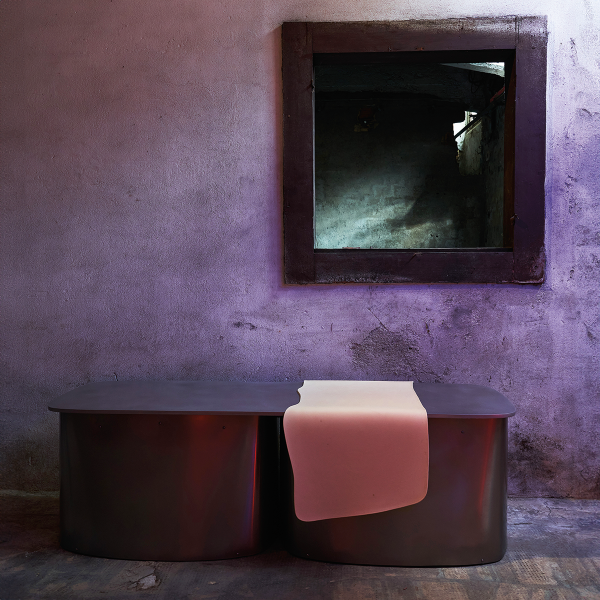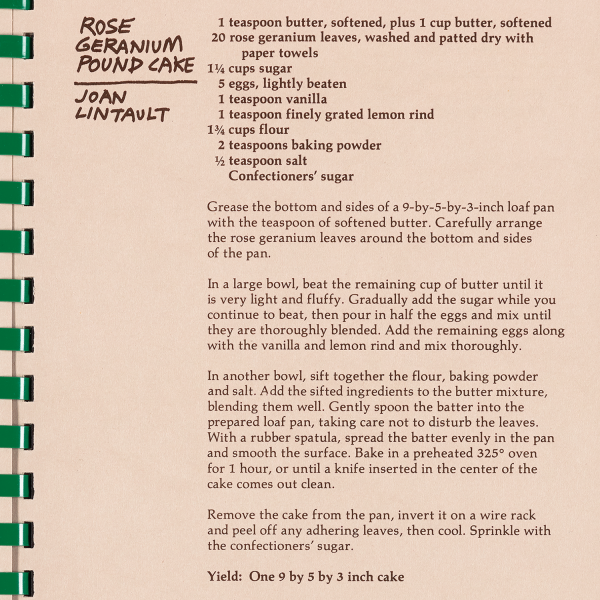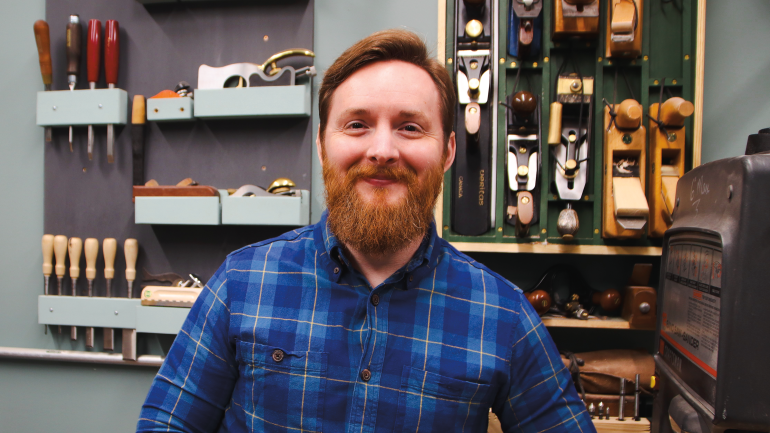Is there any furniture simpler than a bench? It’s so simple, in fact, that it can seem to have been added as an afterthought. Yet most of us have spent plenty of time sitting on benches, and perhaps even have a treasured memory related to them.
One of the most enjoyable afternoons of my life took place on a bench in the garden of the Musée Rodin in Paris. It was a luminous day with a clear blue sky that made the master’s sculptures seem sharper, and as I looked around at the blooming roses and perfectly pruned boxwoods, life felt uncomplicated and filled with beauty—if only for a little while.
Although simplicity may be the whole point of benches—a structure so pared down it invites us to admire the world around us—they can also be the product of deep thought and meticulous craftsmanship. Here, we rounded up five designs that can stand up to the most inspiring surroundings.
